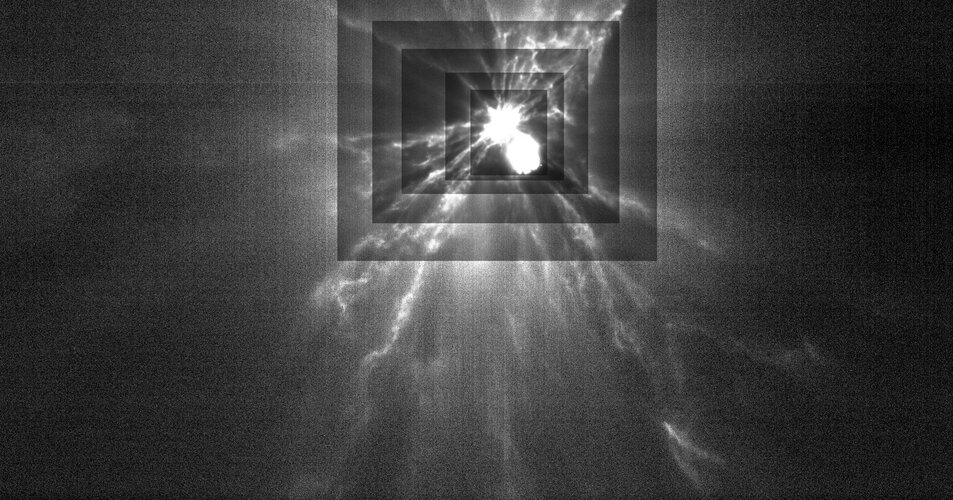
For this analysis, astronomers will continue to study imagery of Dimorphos from DART’s terminal approach and from the Light Italian CubeSat for Imaging of Asteroids (LICIACube), provided by the Italian Space Agency, to approximate the asteroid’s mass and shape.
Then, in exactly two years from now, ESA’s Hera spacecraft will embark on its own voyage to Didymos and Dimorphos to carry out detailed surveys of both Dimorphos and Didymos, with a particular focus on the crater left by DART’s collision and a precise measurement of Dimorphos’ mass, which is needed to determine the efficiency of the DART impact.
Hera’s payload module is currently under construction at OHB in Germany, with its propulsion module taking shape at Avio in Italy. The spacecraft will also carry two shoebox-sized CubeSats for close-up observations.



